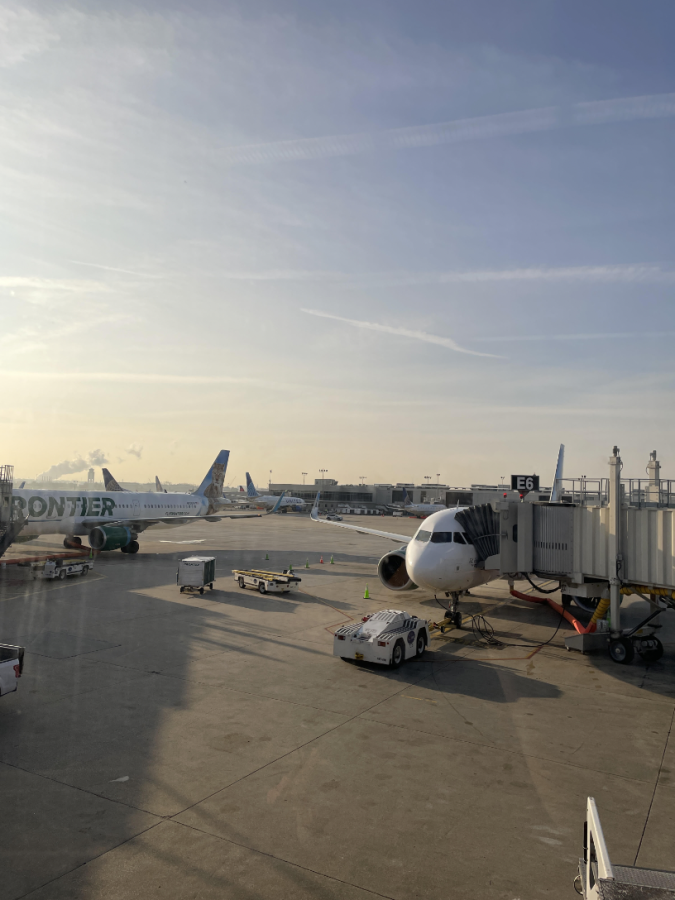National Ground stops after 22 years
Staff is trained on what to do if this happens even though it doesn’t happen a lot.
January 11, 2023, marked a significant event for vacationers, business personnel and aerial shipments. The Federal Aviation Administration (FAA) pushed a national ground stop beginning at 7:30 a.m. and ending almost two hours later. The FAA stated that they noticed issues with the Notice to Air Missions (NOTAM) system. NOTAM serves to inform pilots about airport conditions, hazards, air safety, and procedures. By 3:28 p.m. on Tuesday afternoon, NOTAM stopped functioning at proper capacity. Since the issue was not resolved by the time East Coast flights began departure on Wednesday morning, the FAA decided to put a “pause” on all of these flights.
Why is this important to us? Well, the last national ground stop in the United States was on September 11, 2001, as a safety measure to prevent further acts of terrorism. Therefore, this event is something that doesn’t happen frequently, and is a sign that there is something deeply wrong in the process. Nevertheless, the ground stop and the events of 9/11, while both uncommon, are not one and the same.
On 9/11, all planes in flight and on the ground ready for departure were ordered to stop completely and wait for further notice. On January 11, there was a temporary pause while the NOTAM was being rebooted. So, September 11, as many would recall, was a much more dire situation.
White House Press Secretary Karine Jean-Pierre tweeted that “There is no evidence of a cyberattack at this point, but the President directed DOT to conduct a full investigation into the causes. The FAA will provide regular updates.”
From my perspective, waiting to board a plane destined for Cancún, Mexico, the atmosphere in the Philadelphia airport was weirdly calm. Well, it was calm for the staff of the airport, but not necessarily for the patrons in the terminals. The staff throughout the two hours we were there were berated and argued with by the passengers. Unfortunately, the staff was working with as much information we had, so calming the angry travelers seemed difficult at times.
One of the staff sitting nearby explained to my family that, while this doesn’t happen often, is an event many are trained for. Usually these things get cleared up within a couple of hours. This was relieving to hear for many people around us; as he’d promised, almost two hours later, we could board and take off again.
Once the ground stop was lifted, we arrived in Mexico. Usually, the customs had a prompt flow to it, and employees knew what was going on. On this day, it was different: all aircrafts landed at a similar time, leaving the small airport in Cancún to struggle with the masses. In line, some waited 45 minutes, others up to an hour; your wait time was completely dependent on when your plane got to its terminal.
A small yet interesting detail, it seemed not all the staff at the airport in Mexico were made aware of the delay in America. After talking to customs staff, those who were manning the lines, they had hardly a clue why so many people came at once. This was surprising to many, due to the nature of the situation. It would be important to inform the external airports. Without forewarning, extra staffing was needed and some employees were pulled from lunch breaks early.
Despite this lack of communication, the Cancún airport adapted well and through quick collaboration they worked out the situation.

Senior Mack Morgan is a second-year staff reporter and the current Center Page editor. She plays offense on the junior Flyers ice hockey team and enjoys...


